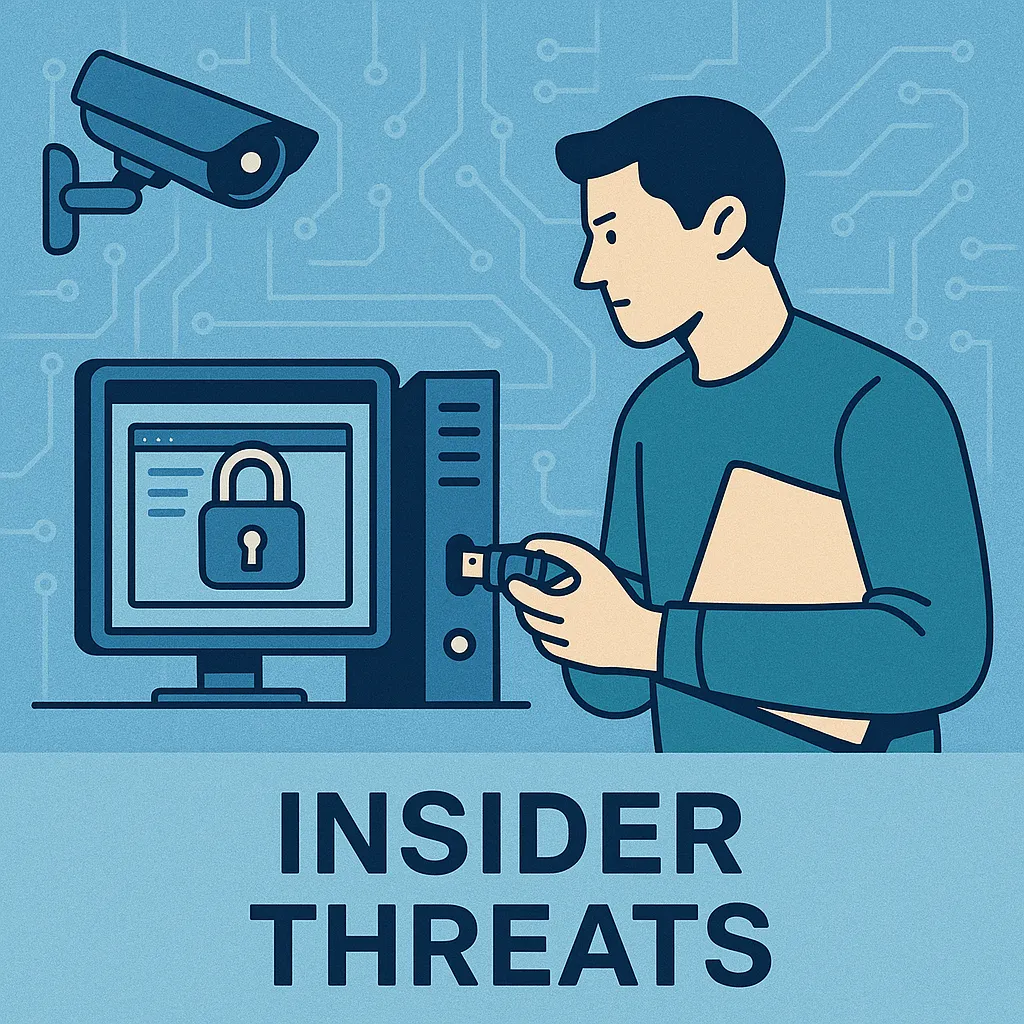Behind Closed Doors: How Insider Threats Are Shaping Cybersecurity Landscapes
Imagine discovering that the biggest risk to your organization's cybersecurity might just come from within. Insight into the topic of insider threats shows us that the danger may not always lurk where it's most expected. This often overlooked aspect of cybersecurity puts every organization at risk, regardless of size or industry.
What Constitutes an Insider Threat?
An insider threat occurs when someone with authorized access to an organization's resources—such as an employee, contractor, or business partner—misuses their access to intentionally or accidentally harm the organization (CISA). These threats can be malicious, seeking personal gain or driven by disgruntlement, or they can be mere negligence which might not sound malicious but can be equally damaging (IBM).
Types of Insider Threats
Insider threats come in various forms:
- Malignant Insiders: These individuals have malicious intent to damage the organization or steal data.
- Unintentional Insiders: Employees who inadvertently cause harm due to lack of knowledge or carelessness.
- Third Party Contractors: External personnel who might exploit their access rights, intentionally or accidentally.
Understanding these subtleties is crucial for tailoring security strategies appropriately (Fortinet).
Real-World Impact of Insider Threats
Real-world events have shown that the consequences of insider threats can be severe. For instance, a disgruntled employee could leak sensitive information, leading to significant financial and reputational loss.
Prevention and Mitigation Strategies
Protecting against insider threats involves several key strategies:
- Comprehensive Background Checks: These are crucial for identifying potential risks before granting access.
- Rigorous Access Controls: Limiting access to necessary resources helps minimize potential insider damage.
- Continuous Monitoring and Behavior Analysis: Technology and strategies that help detect unusual access patterns or behaviors that could precede malicious actions.
Organizations must adopt a proactive and layered defense approach, adapting as new threats and vulnerabilities arise (Homeland Security).
Conclusion: Secure from Within
Effective insider threat mitigation requires continuous vigilance and a holistic approach from the initial hiring process to daily security practices. Cultivating a culture of security-awareness along with deploying the right tools are non-negotiable elements in safeguarding against potentially devastating internal risks.
